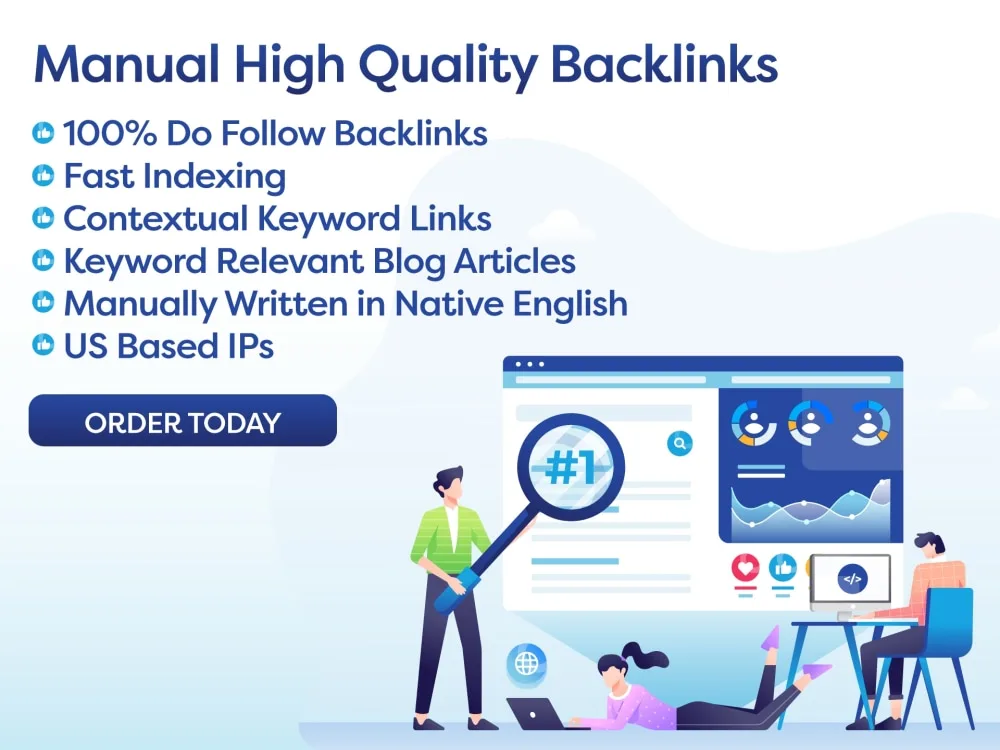Understanding the importance of disavowing toxic backlinks is crucial for improving website SEO. Toxic backlinks can harm your site’s ranking and online presence. Key takeaways include defining toxic backlinks, identifying them on your site, and using Google’s Disavow Tool to remove them. Best practices for preventing toxic backlinks involve building a healthy backlink profile and monitoring it regularly. By following these steps, SEO beginners can optimize their website’s performance and visibility. FAQs cover monitoring frequency, consequences of not disavowing, exceptions to disavowal, timing of ranking improvements, and processing time for Google disavow files.
Excerpt:
Disavowing toxic backlinks is crucial for improving your website’s SEO and ranking. Don’t let harmful links harm your online presence!
Introduction:
For SEO beginners, understanding the importance of disavowing toxic backlinks is essential for optimizing their website’s search engine ranking. Backlinks play a significant role in how search engines determine the quality and relevance of a website. However, not all backlinks are beneficial. In fact, toxic backlinks can have a negative impact on your website’s SEO efforts. In this article, we will delve into the world of disavowing toxic backlinks and why it is crucial for SEO beginners to understand and implement this strategy.
Key Takeaways:
- What are toxic backlinks and why are they harmful?
- How to identify toxic backlinks on your website.
- The process of disavowing toxic backlinks through Google’s Disavow Tool.
- Best practices for preventing toxic backlinks in the future.
- Monitoring and maintaining a healthy backlink profile for optimal SEO performance.
Key Takeaway 1: What are toxic backlinks and why are they harmful?
– Definition of toxic backlinks and their impact on website ranking.
– How toxic backlinks can result in penalties from search engines.
Toxic backlinks are links from external websites that can harm your site’s search engine ranking. These links come from sources that are spammy, irrelevant, or have a low domain authority. When search engines like Google identify these toxic backlinks, they can penalize your website and push it down in search engine results pages (SERPs). By disavowing these toxic backlinks, you can prevent them from negatively impacting your SEO efforts and improve your website’s ranking.
Key Takeaway 2: How to identify toxic backlinks on your website.
– Tools and methods for analyzing your backlink profile.
– Signs of toxic backlinks to look out for.
There are various tools available that can help you analyze your website’s backlink profile and identify toxic backlinks. Tools like Ahrefs, Moz, and SEMrush can provide valuable insights into the quality of your backlinks. Signs of toxic backlinks include links from low-quality websites, irrelevant anchor text, and a sudden increase in backlinks from suspicious sources. By regularly monitoring your backlink profile, you can identify and remove toxic backlinks before they harm your website’s SEO.
Key Takeaway 3: The process of disavowing toxic backlinks through Google’s Disavow Tool.
– Step-by-step guide on how to disavow toxic backlinks using Google’s Disavow Tool.
– Best practices for submitting a disavow file to Google.
Google’s Disavow Tool allows website owners to tell Google which backlinks they want to disavow or ignore. To disavow toxic backlinks, you need to create a disavow file containing the URLs of the toxic backlinks you want to remove. Once you have created the file, you can submit it to Google through the Disavow Tool in Google Search Console. It is essential to follow best practices when submitting a disavow file to ensure that Google accurately processes your request.
Key Takeaway 4: Best practices for preventing toxic backlinks in the future.
– Strategies for building a healthy backlink profile.
– Tips for avoiding toxic backlinks when acquiring new links.
Preventing toxic backlinks in the future is just as crucial as disavowing existing ones. Building a healthy backlink profile involves acquiring high-quality, relevant backlinks from reputable sources. When acquiring new backlinks, it is essential to conduct thorough research on the website’s domain authority, relevance, and overall quality. Avoid buying backlinks or participating in link schemes that can result in toxic backlinks. By following best practices for link building, you can maintain a clean backlink profile and improve your website’s SEO performance.
Key Takeaway 5: Monitoring and maintaining a healthy backlink profile for optimal SEO performance.
– Importance of regularly monitoring your backlink profile.
– Strategies for maintaining a healthy backlink profile over time.
Monitoring and maintaining a healthy backlink profile is an ongoing process that requires dedication and consistency. Regularly reviewing your backlink profile can help you identify and remove toxic backlinks before they harm your SEO efforts. Additionally, staying up-to-date with the latest SEO trends and best practices can help you proactively prevent toxic backlinks in the future. By prioritizing the health of your backlink profile, you can optimize your website’s SEO performance and enhance your online visibility.
Action Plan:
- Use tools like Ahrefs, Moz, and SEMrush to analyze your backlink profile and identify toxic backlinks.
- Create a disavow file containing the URLs of toxic backlinks and submit it to Google’s Disavow Tool through Google Search Console.
- Implement best practices for building a healthy backlink profile, such as acquiring high-quality, relevant backlinks and avoiding link schemes.
- Regularly monitor your backlink profile and stay informed about the latest SEO trends and best practices to maintain a healthy backlink profile over time.
Conclusion:
Disavowing toxic backlinks is a critical strategy for SEO beginners to optimize their website’s search engine ranking. By understanding what toxic backlinks are, how to identify them, and how to disavow them through Google’s Disavow Tool, website owners can protect their site from penalties and improve their SEO performance. Preventing toxic backlinks in the future and maintaining a healthy backlink profile are essential steps in optimizing your website’s SEO and enhancing your online visibility.
FAQ:
- How often should I monitor my backlink profile for toxic backlinks?
- What are the consequences of not disavowing toxic backlinks?
- Can I disavow backlinks from all sources, or are there exceptions?
- Will disavowing toxic backlinks improve my website’s search engine ranking immediately?
- How long does it take for Google to process a disavow file and remove toxic backlinks from my backlink profile?

